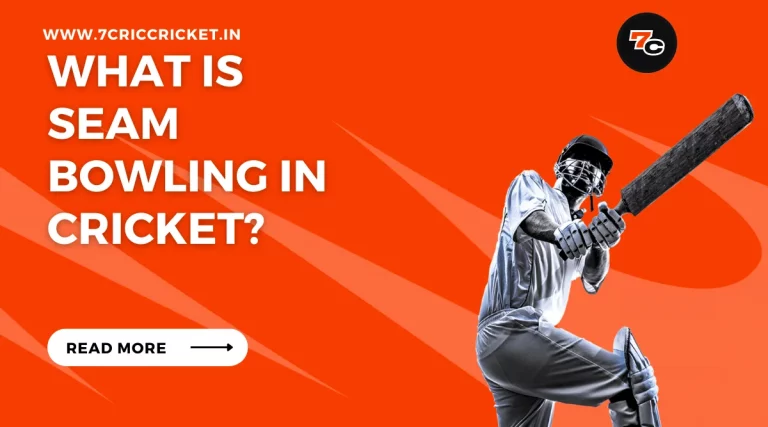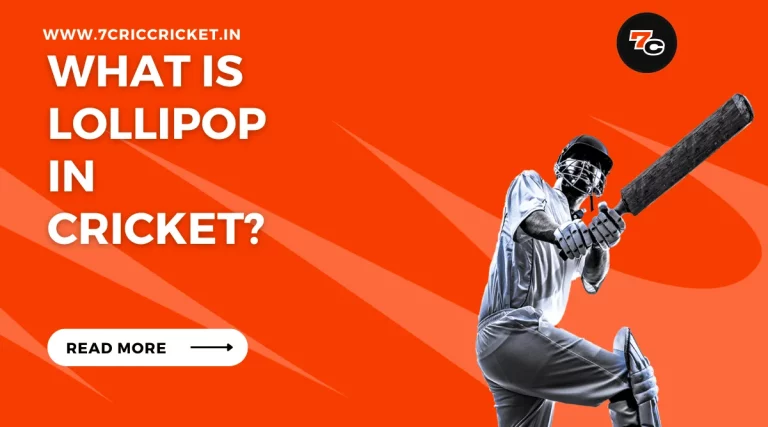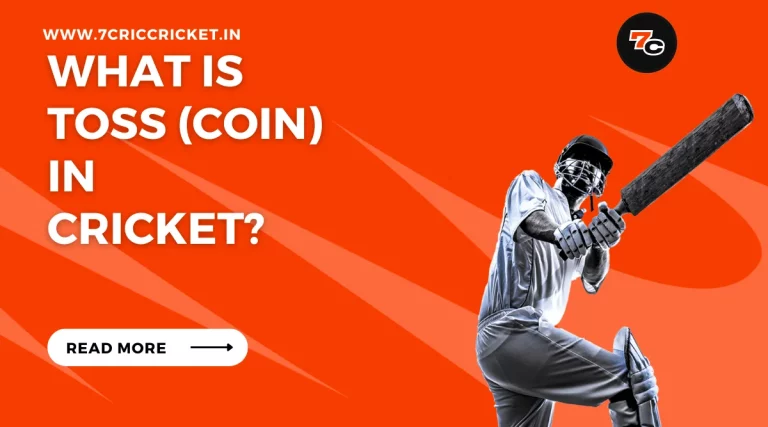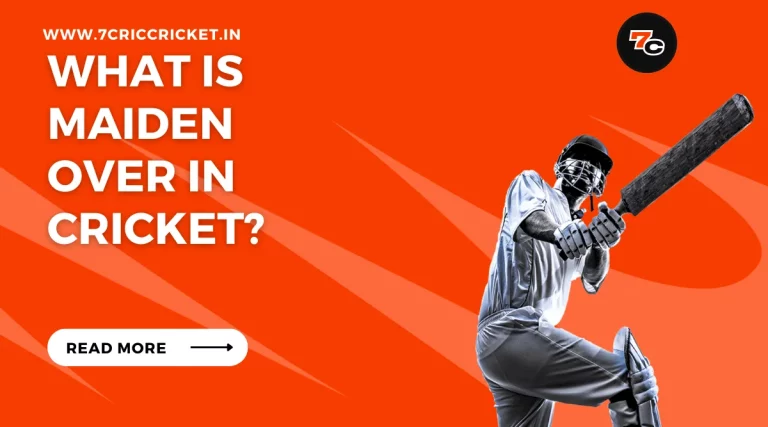What Is Hook in Cricket?
Cricket enthusiasts are well aware of the multitude of shots that can be played during a match, and one such shot that requires precision and skill is the hook shot.
In this article, we will delve into the intricacies of the hook shot, exploring its definition, techniques, timing, and footwork.
Up to 75% Reload Bonus on Aviator
Up to 75% Reload Bonus on Aviator
- Easy Sign-Up and Deposits
- Win 1000x Bet Amount!
- Available in four different Indian languages
By analyzing the risks and rewards associated with this shot, we aim to provide insightful strategies for mastering the hook shot.
Summary & Key Takeaways
ShowThe Definition of the Hook Shot
The hook shot in cricket is a powerful and aggressive stroke that is executed by the batsman with a forceful swing of the bat towards the leg side, aiming to hit the ball that is pitched short and rising towards the body.
This shot requires immense skill, timing, and strength, as the batsman needs to quickly read the line and length of the delivery and position themselves accordingly to execute a perfect hook shot.
There are several variations of the hook shot that batsmen employ to counter different types of deliveries.
The most common variation is the traditional hook shot, where the batsman plays the shot with a horizontal bat swing, sending the ball towards the boundary on the leg side.
Another variation is the uppercut, where the batsman aims to hit the ball over the slips or gully region. This shot requires exceptional hand-eye coordination and precise timing.
Many famous players are known for their mastery of the hook shot. Sir Vivian Richards, the legendary West Indian batsman, was one of the most feared players when it came to playing the hook shot.
Another player who excelled in playing the hook shot was the Australian legend Ricky Ponting. His impeccable technique and quick reflexes allowed him to dispatch short deliveries with ease and precision.
Techniques for Playing the Hook Shot
To effectively execute the hook shot in cricket, batsmen must employ specific techniques that allow them to generate power and accuracy while countering short-pitched deliveries.
One crucial aspect of playing the hook shot is the grip and body positioning. The grip should be firm but not too tight, allowing the batsman to have control over the shot while maintaining flexibility in the wrists.
The top hand should be slightly dominant, providing stability and control, while the bottom hand supports the shot’s power and follow-through.
In terms of body positioning, the batsman needs to be in a balanced stance with the front shoulder facing the bowler.
This position allows the player to respond quickly to the short-pitched ball and position themselves to execute the hook shot effectively.
The head should be steady and level, maintaining focus on the ball, and the weight should be evenly distributed to facilitate quick movement.
When playing the hook shot, there are a few common mistakes that batsmen should avoid. One common error is mistiming the shot, resulting in a top-edge or mishit.
This can be mitigated by keeping a keen eye on the ball and practicing the shot extensively to develop good timing.
Another mistake is not getting into the correct position early enough, leading to a rushed and poorly executed shot.
Batsmen should anticipate the short-pitched delivery and get into the ideal position promptly.
The Role of Timing and Footwork in the Hook Shot
Timing and footwork play a crucial role in executing the hook shot effectively in cricket. The hook shot is a high-risk, high-reward stroke that requires precision and quick reflexes.
Here are four key factors that highlight the importance of timing and footwork in the hook shot:
Timing
Proper timing is essential to connect the bat with the moving ball. A well-timed hook shot allows the batsman to generate maximum power and control.
It requires split-second decision-making to judge the length and speed of the ball accurately.
Footwork
Good footwork enables the batsman to position themselves correctly and maintain balance while playing the hook shot.
The initial movement towards the back foot helps create the necessary space for executing the shot effectively. It is crucial to transfer weight onto the back foot and then swiftly shift it forward to generate power.
Advantages
A well-executed hook shot can yield several advantages for the batsman. It allows them to counter the short-pitched deliveries, putting pressure on the bowler. It can also help score quick runs by dispatching the ball to the boundary or over it.
Disadvantages
However, mistimed hook shots can lead to disastrous consequences. Poor timing or incorrect footwork can result in the batsman mistiming the shot, leading to catches or even being hit by the ball. It requires immense skill and practice to master the art of hooking without risking one’s wicket.
Analyzing the Risks and Rewards of the Hook Shot
One key aspect to consider when analyzing the risks and rewards of the hook shot in cricket is the potential for high-scoring opportunities.
The hook shot, when executed correctly, can result in powerful hits that sail over the boundary for six runs.
This aggressive stroke allows batsmen to take advantage of short-pitched deliveries and punish the bowler for any lapse in length or pace.
However, there are both advantages and disadvantages to using the hook shot. On the positive side, it is an effective way to score quickly, especially in limited-overs formats where run rates are crucial.
It can also put pressure on the opposition and force them to rethink their bowling strategies.
On the other hand, the hook shot carries inherent risks. It requires impeccable timing and footwork, as mistiming the shot can lead to catches or even dismissals.
Additionally, the hook shot is more suited to batsmen with a strong technique and the ability to judge the bounce and pace of the ball accurately.
It is best employed when the delivery is short, around chest or head height, and the batsman is confident in their ability to execute the shot effectively.
It is not a stroke to be attempted without careful consideration, as the consequences of getting it wrong can be severe.
Strategies for Mastering the Hook Shot
Continuing from the analysis of risks and rewards, a key element in mastering the hook shot in cricket is developing effective strategies.
These strategies can help batsmen overcome the challenges associated with playing the hook shot and increase their chances of success.
Here are four strategies that can assist in mastering the hook shot:
Mastering technique
It is crucial to develop a sound technique for executing the hook shot. This involves getting into the right position, timing the shot correctly, and using the right footwork.
Practicing the shot repeatedly and seeking guidance from experienced coaches can help refine the technique.
Understanding the bowler’s tactics
Batsmen must analyze the bowler’s tactics and anticipate the short-pitched deliveries that are conducive to playing the hook shot.
This requires studying the bowler’s line, length, and pace variations to identify scoring opportunities.
Shot selection
Choosing the right ball to play the hook shot is vital. It is important to assess the delivery’s height, speed, and line before attempting the shot.
Batsmen should avoid playing the hook shot when the ball is too close to the body or when it is moving away from them.
Learning from common mistakes
Analyzing common mistakes made while playing the hook shot can help batsmen avoid them. These mistakes include mistiming the shot, losing balance, and not keeping the eyes on the ball.
By learning from these errors, batsmen can improve their shot execution and increase their chances of success.
Wrapping Up: The Importance of Hook Shot
In conclusion, the hook shot is a valuable technique in cricket that requires precise timing, footwork, and a calculated risk assessment.
Claim up to ₹15,000 Welcome Bonus Now
Claim up to ₹15,000 Welcome Bonus Now
- Easy Sign-Up and Deposits
- The Biggest Bonuses in India
- Available in four different Indian languages
It involves hitting the ball with a horizontal bat towards the leg side of the field. While the hook shot can be a rewarding scoring opportunity, it also carries the risk of getting caught out if not executed properly.
By practicing and mastering this skill, batsmen can enhance their scoring options and become more effective players in the game of cricket.
Anything You Need to Know about Hook In
What Are the Different Types of Field Placements That Can Be Used to Counter the Hook Shot?
To counter the hook shot in cricket, various field placements can be used. Fielding tactics such as placing a fielder at deep square leg or fine leg, and setting a leg-side heavy field, are effective counter strategies to restrict runs and induce mistakes from the batsman.
How Can a Batsman Determine the Right Time to Play the Hook Shot?
Determining the right time to play the hook shot in cricket requires a batsman to assess various factors such as the speed and length of the delivery, the field placements, and the batsman’s own skill level. Shot execution depends on timing and technique.
Are There Any Specific Physical Attributes That Make a Player Better at Executing the Hook Shot?
Physical attributes, such as strength, agility, and hand-eye coordination, can enhance a player’s ability to execute the hook shot in cricket. However, technique and practice, mental strength, and impeccable timing are equally important for success in playing this challenging shot.
Can the Hook Shot Be Played Against Any Type of Delivery, or Are There Certain Types of Deliveries That Are More Suitable for This Shot?
The hook shot, a common stroke in cricket, can be played against various types of deliveries. However, certain types of deliveries, such as short-pitched balls, are more suitable for executing this technique. Different techniques and common mistakes exist when playing the hook shot.
Are There Any Famous Cricketers Known for Their Exceptional Hook Shot Technique?
There are several famous cricketers known for their exceptional hook shot technique, such as Sir Vivian Richards and Ricky Ponting. To counter the hook shot, bowlers often employ strategies like bowling bouncers or changing the line and length of the delivery.








